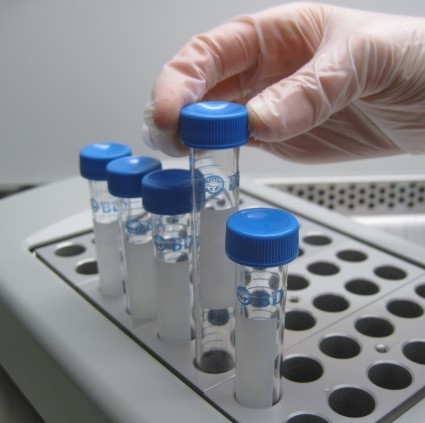Sperm donor shortage leaves women waiting two years
 NZ Herald 22 October 2017
NZ Herald 22 October 2017
Family First Comment: Fortunately, men seem to be understanding the long-term ramifications of this process – both for themselves and for the child who will want to know their biological father one day. But this bit is interesting…
“We’ve always had heterosexual couples and lesbian couples looking for sperm donor treatment but the biggest phenomenal change has been in the number of single women coming.”
But fathers matter…
Fatherlessness is an issue for children.
Sperm donors are in hot demand with the shortage of donors the worst it has ever been in New Zealand.
About 450 women are on the waiting list for a donor at Fertility Associates, which has clinics throughout the country, with the wait time sitting at about two years.
At Auckland’s Fertility Plus the wait time is just as long and there is an official wait list of about 40 women but scientific director Margaret Merrilees said she believed there were many more women who would put their names forward if there were more donors.
“We are desperately short of donors,” she said.Medical director of Fertility Associates Auckland Simon Kelly said women waiting for donor sperm for IVF treatment could expect to wait about a year while the wait for women wanting sperm to be inserted straight into the uterus to allow for a more natural impregnation was about two years.
He said the shortage was the worst it had ever been despite having seen an increase in donors in recent years.
Single women looking to start a family on their own were behind the growing demand, he said.
“It’s a change in society. A lot more women in their mid-to-late 30s are coming in as single women looking for treatment. People are leaving having families until later and that’s reflected in the numbers of single women we are seeing.”
Kelly said they had noticed a “dramatic” increase in demand from single women during the last four or five years, he said.
“We’ve always had heterosexual couples and lesbian couples looking for sperm donor treatment but the biggest phenomenal change has been in the number of single women coming.”
The long wait time meant the clinic often encouraged women to see if they could find their own personal donor to speed up the process, he said.
Kelly estimated another 200 sperm donors would be needed just to cope with the current demand but said that would involve screening double the number of men to find enough suitable donors.
He said the clinic usually had about 50 donors at any one time. Under New Zealand law donors could provide sperm to up to five families. Since the clinic was set up in 1987 more than 2000 men had donated sperm, he said.
The law in New Zealand also stipulated donors could be compensated for expenses like travel and parking but could not be paid for donating. It was also an open process which meant once the child turned 18 they were able to access their records and get in touch with their biological father.
Kelly said both of those factors made it harder to attract sperm donors.
READ MORE: http://www.nzherald.co.nz/index.cfm?objectid=11934847&ref=twitter







